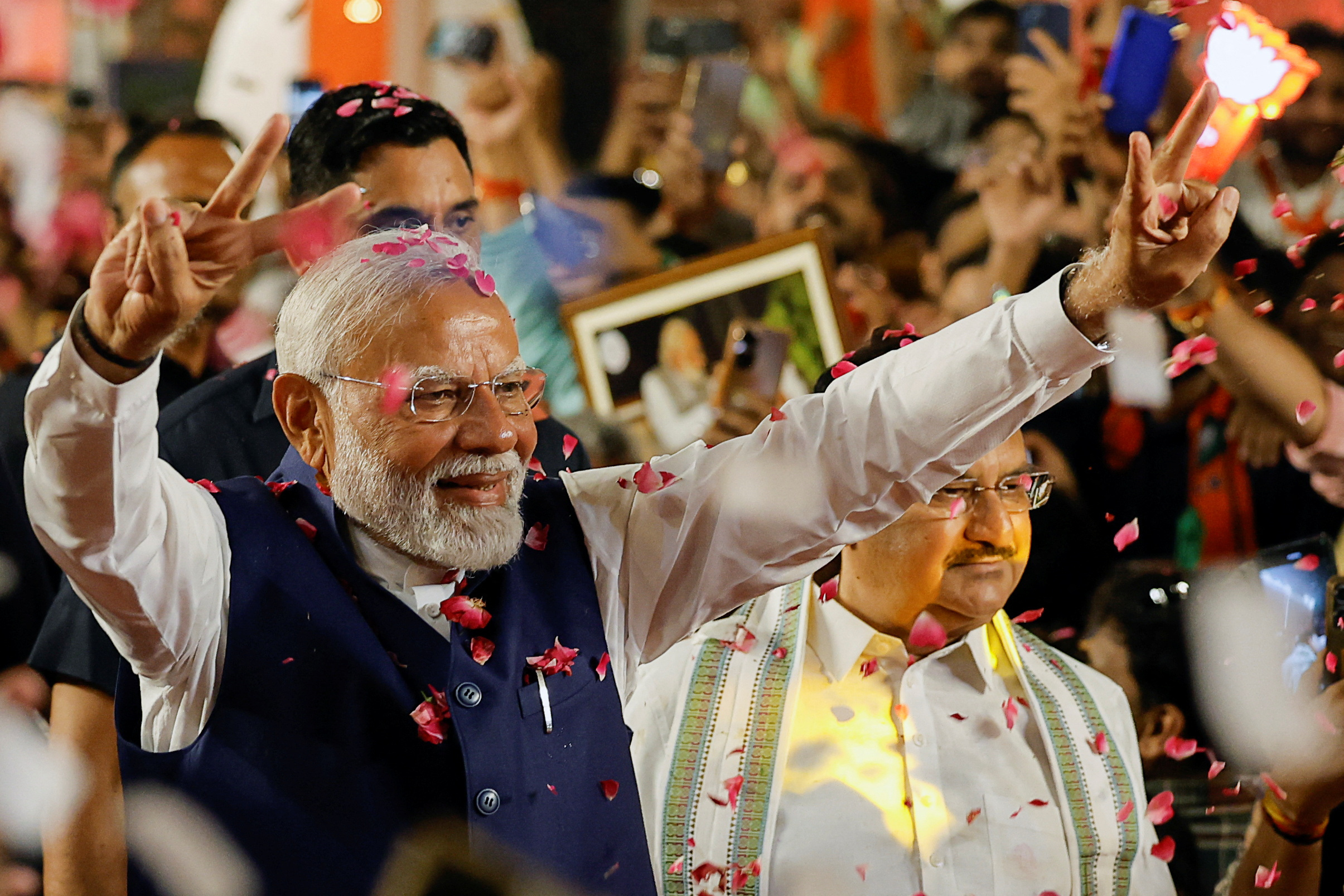Cambodia operates as a multiparty democracy and holds elections to determine its political representatives. However, it’s important to note that the political environment in Cambodia has been a subject of criticism regarding the level of fairness and transparency in recent years. Here is some information about the election system in Cambodia:
- National Assembly Elections: The National Assembly of Cambodia is the lower house of the Parliament. It consists of members known as Members of Parliament (MPs) who are elected through a proportional representation system. Political parties present candidate lists, and voters cast their ballots for a party rather than individual candidates. Seats in the National Assembly are allocated based on the percentage of votes each party receives.
- Senate Elections: The Senate is the upper house of the Parliament and consists of members elected through an indirect election process. Members of the Senate are chosen by members of local commune councils, provincial councilors, and the National Assembly.
- Electoral Process: The National Election Committee (NEC) of Cambodia is responsible for organizing and overseeing elections in the country. However, there have been concerns raised by domestic and international observers regarding the independence and impartiality of the NEC. The electoral process includes voter registration, candidate nomination, and the counting of votes. International observers may be invited to monitor the elections.
- Voter Eligibility: Cambodian citizens who are at least 18 years old have the right to vote. Voter registration is required, and citizens must be included in the electoral roll to participate in elections. Eligible voters can cast their ballots at designated polling stations within their respective constituencies.



